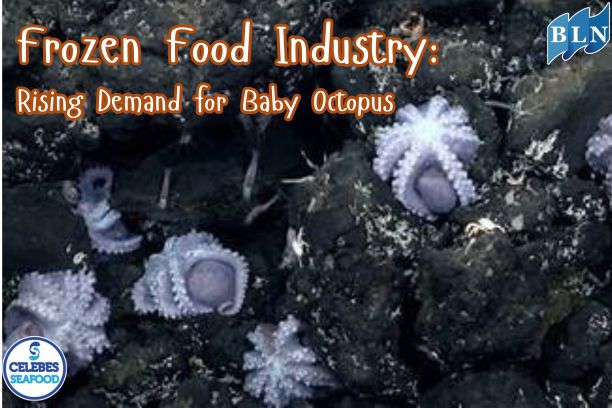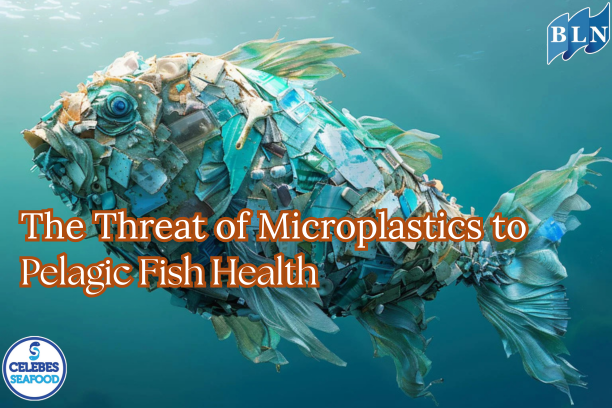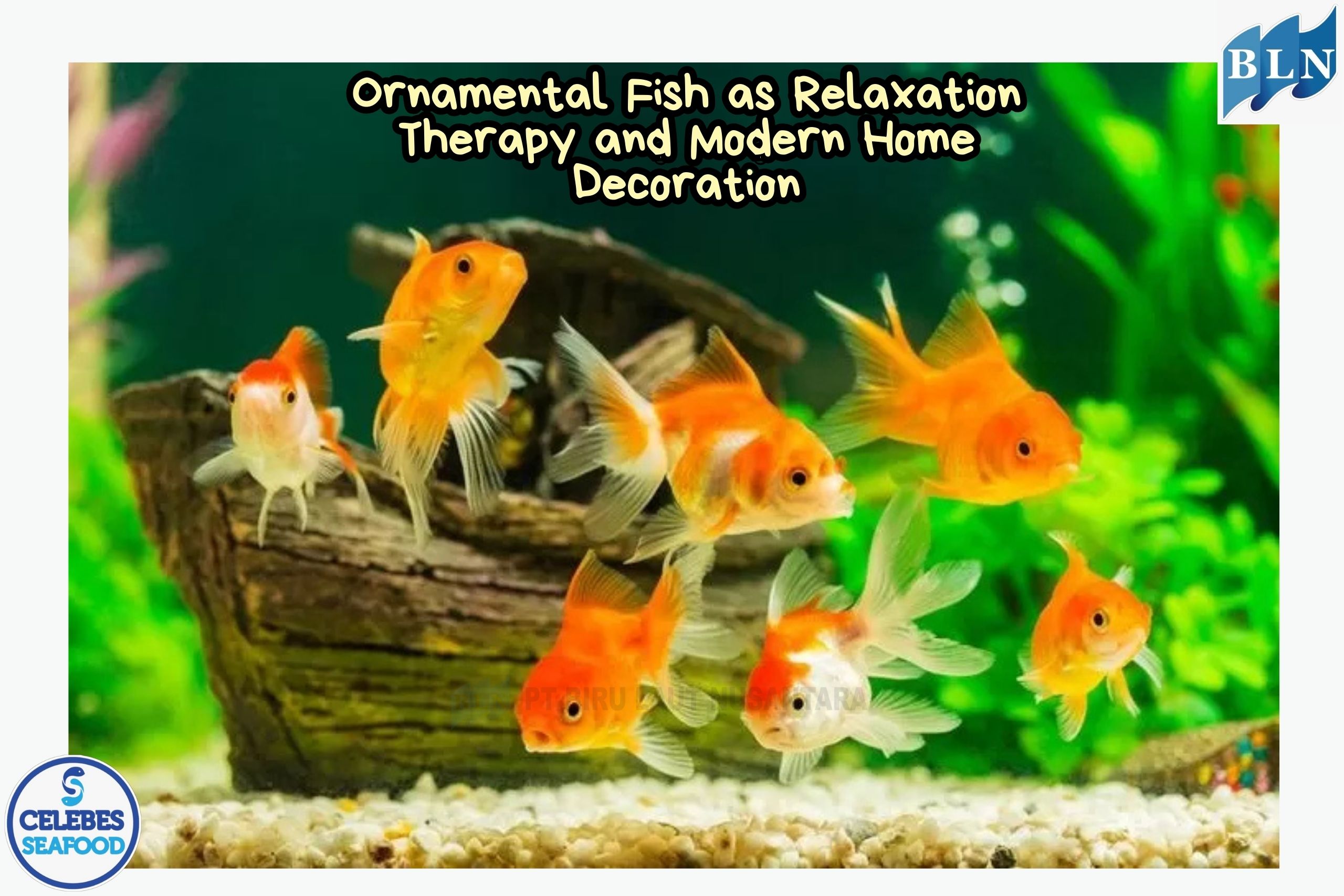The Threat of Seabed Pollution to Demersal Habitats and Fish
By. Alfian - 26 Aug 2025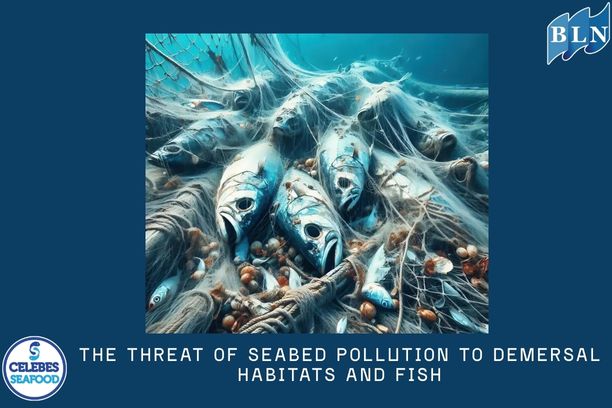
lautnusantara.com Seabed pollution poses a serious threat to the habitats and populations of demersal fish, fish that live on or near the bottom. Pollutants that settle on the seabed can damage ecosystems and affect fish health directly and indirectly.
Types of Pollution and Their Impacts
1. Chemical Pollution
Chemical pollutants such as heavy metals (lead, mercury, cadmium) and persistent organic compounds (pesticides, PCBs) often accumulate in seabed sediments. Demersal fish can be exposed to these materials while eating or through direct absorption from the water. This exposure can cause:
- Organ damage: Heavy metals can damage the kidneys, liver, and nervous system of fish.
- Reproductive problems: Chemicals can disrupt hormones, reduce fertility, and cause abnormalities in eggs or larvae.
- Disease: Pollutants can weaken the immune system, making fish more susceptible to disease.
- Bioaccumulation and Biomagnification: Pollutants accumulate in the fatty tissue of fish. When these fish are eaten by larger predators (including humans), pollutant concentrations increase along the food chain, a process called biomagnification.
2. Physical Pollution
Physical pollution, such as plastic waste and debris, also poses a significant threat. This debris can smother seafloor habitats, preventing the growth of important organisms like corals and seagrasses. Demersal fish can become trapped or injured by debris, or even ingest microplastics, which can then lead to digestive problems and starvation.
3. Eutrophication and Dead Zones
Pollution from nutrient runoff (e.g., from agriculture and sewage) can cause eutrophication. This condition triggers massive algae blooms, which, as they die and decompose, consume oxygen in the water. This results in the formation of hypoxic zones (low oxygen levels) or even anoxious zones (dead zones) on the seafloor. Demersal fish, which rely heavily on oxygen, cannot survive in these areas, forcing them to relocate or die.
Habitat Destruction
Seabed pollution destroys critical habitats where demersal fish shelter, feed, and breed. Polluted sediments can be toxic to larvae and eggs, reducing survival rates. Furthermore, the silt from pollution can smother and kill coral reefs and seagrass beds, which are important breeding grounds and food sources for many demersal species. Restoring habitats damaged by pollution requires significant time and effort.
If you are interested in our Barramundi Fillet Skin On / Barramundi Fillet Skinless Tyger Style, Barramundi Fillet Skinless Tiger Styleplease do not hesitate to contact us through email and/or whatsapp.
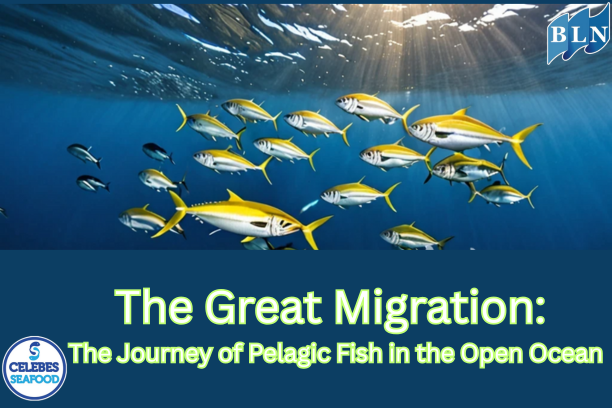
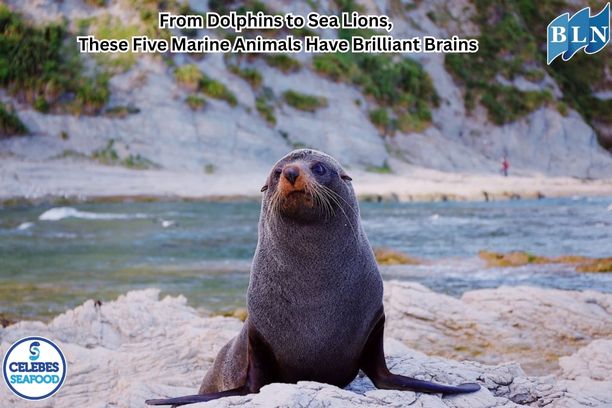

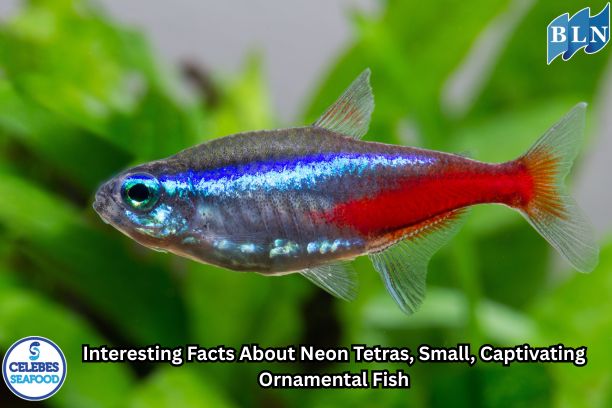
 Biological Uniqueness and Their Role in the Ecosystem.jpg)
